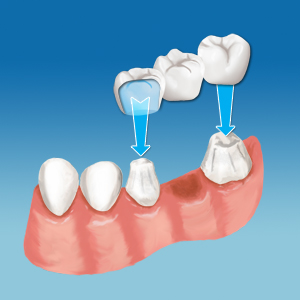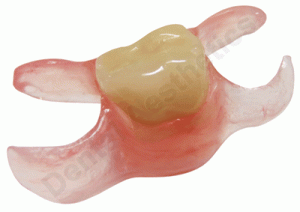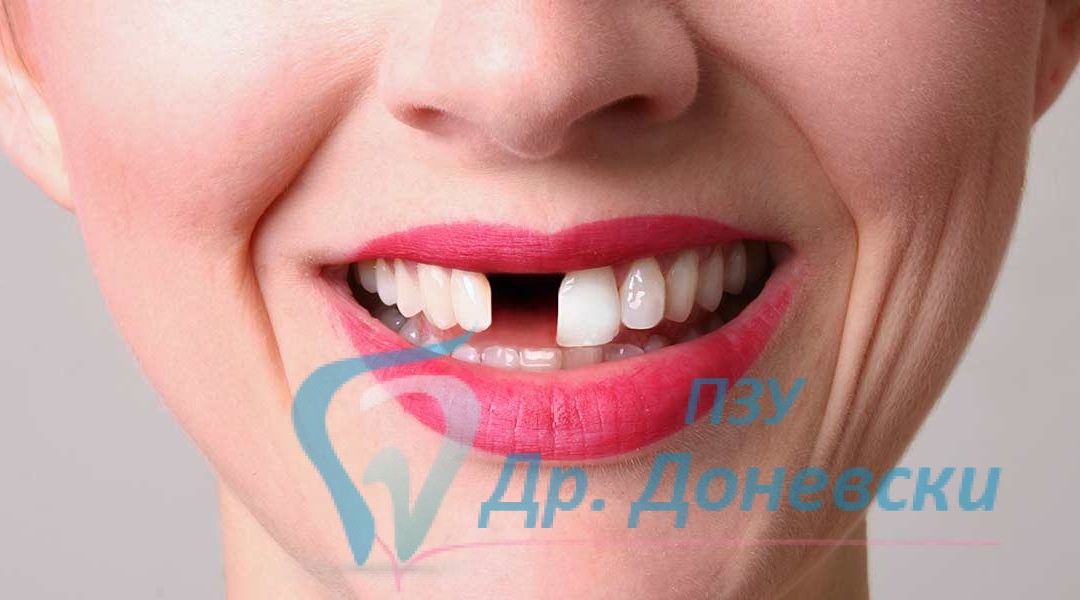If you’re missing a tooth, you’ve got several options. The least advisable is to do nothing! It’s not just about aesthetics…Replacing a lost tooth is important to restoring maximum function, maintaining the alignment of surrounding teeth, and preserving facial contours.
Your pearly white teeth don’t just look pretty, they are important place holders for each other. Over time, those adjacent to a toothless gap can drift to fill the space and move out of alignment. Additionally, tooth roots below the gums provide stimulation that the underlying jawbone needs to maintain its form and density.
In this blog we will tell you the approaches to replacing a lost tooth. The most appropriate for you will depend on a variety of factors that you should discuss with your dentist.
Dental Implant
Today’s gold standard for tooth replacement is the dental implant. This is actually a tooth root replacement to which a separately crown is attached. For successful implantation, there must be a sufficient amount of healthy jawbone to anchor the implant and the adjacent gums and teeth must be healthy. Certain systemic health conditions (Heart problems and diabetes are contraindicated) may preclude implantation as well.
- Pros
- Aesthetic, functional, reliable
- Stimulates the jaw bone to remodel and rebuild
- Does not compromise the integrity of adjacent teeth
- Decreased risk of periodontal (gum) disease compared with a bridge
- Cons
- More expensive than a bridge (but more durable so it could be more cost effective long term)
- Requires minor surgery and healing time before placement of a permanent crown
- Waiting time from start to finish is 4 months (first the implant is being inserted, after 3 months the abutment, and after 1 month the tooth)


Fixed Partial Denture
Prior to implants, the three-unit fixed partial denture (FPD), or fixed bridge, was the standard approach for tooth replacement. In this scenario, the two teeth on either side of the gap (the “abutment” teeth) are crowned and the crowns support a “pontic” — a false tooth — between
- Pros
- Provides normal function and aesthetics
- Less wait time than with implants
- Less expensive than implants
- Cons
- Damage to abutting teeth (must be shaped to accommodate the crown)
- Jawbone beneath the pontic may deteriorate over time


Removable Partial Denture (RPD)
An RPD is made of an artificial tooth anchored in plastic that mimics gum tissue. It is attached to metal clasps that hook onto adjacent natural teeth. It can be removed for cleaning.
- Pros
- Aesthetic, functional
- Least expensive option
- Cons
- Greater susceptibility for periodontal (gum) disease and tooth decay
- Usually results in teeth becoming loose
- May have stability and comfort issues
- May not fit right over time
- Jawbone underneath may deteriorate over time




